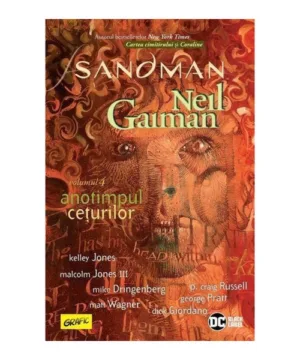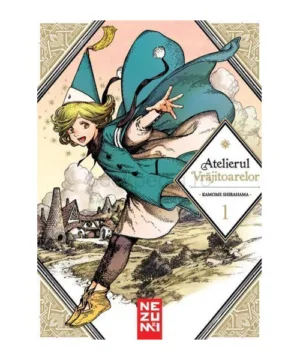Transylvania in the eighteenth century. Aspects of regional identity
38,00 lei
| Authors | Laura Stanciu, Cosmin Popa Gorjanu |
|---|---|
| Publisher | MEGA |
| Year | 2013 |
| Pages | 250 |
Informații suplimentare
| General | |
|---|---|
| Authors | Laura Stanciu, Cosmin Popa Gorjanu |
| Publisher | MEGA |
| Year | 2013 |
| Others | |
| Identification | |
| ISBN-13 | 9786065433489 |
| Format | |
| Pages | 250 |
Descriere
“The sixteen papers included in this volume succeed to illustrate the complexity of the history of Transylvania in the eighteenth century, illuminating several key aspects of the evolution of regional identity in the time of progressive centralization by the Habsburg Empire. While the first paper surveys the political, military and institutional details of the incorporation of the autonomous principality of Transylvania into the Habsburg empire, at the turn of the seventeenth century, the following papers focus on the analysis and discussion of various cultural, political, educational, and institutional aspects of the province during the eighteenth and the first half of the nineteenth century. Many papers concentrate on the evolution of Romanian schools, intellectuals, and the confessional relations between the Uniate (Greek-Catholic) and Orthodox in Transylvania, but there are also three papers discussing various aspects regarding the evolution of the relations between Catholics and Calvinists (the question of mixed-marriages), the Saxon community, and the Hungarian freemasonry political plans. One contribution focuses on the introduction of a new ecclesiastical architectural pattern in Transylvania during the second half of the eighteenth century. Three papers concentrated on the book printing and book distribution in Transylvania and in the adjoining principalities as complex phenomena contributing not only to cultural regional development but also to the binding of Romanians across borders. The last two papers included in the volume are contributions on perceptions of Transylvania and of Transylvanians in the writings of Moldavian and Wallachian intellectuals during the first half of the nineteenth century.” (The Editors)
















